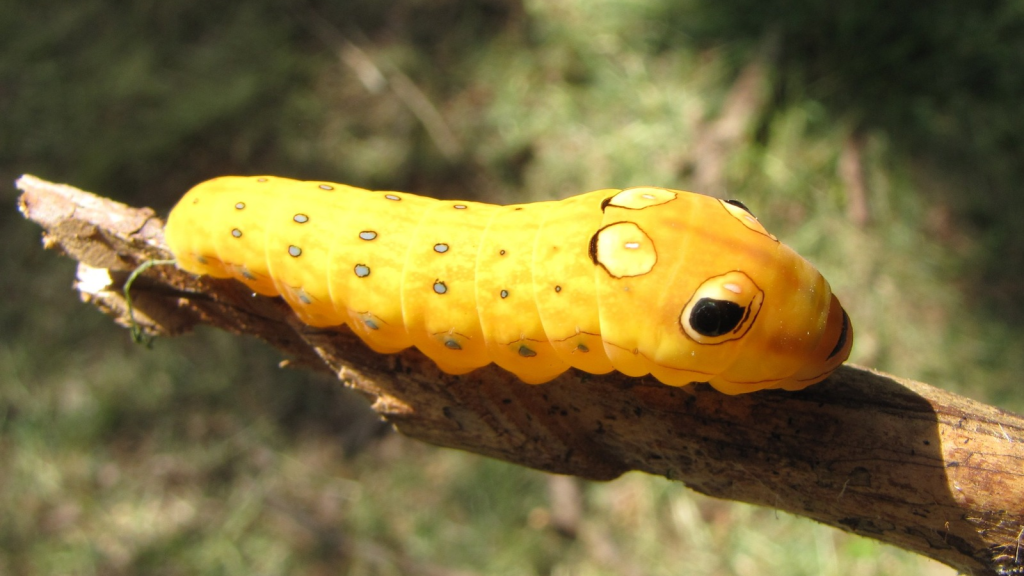Caterpillars might seem like harmless, plump little creatures munching away on leaves, but in the wild, they’re a tasty snack for many predators. And honestly, they’re not that harmless. They devour my cabbage and broccoli plants given half a chance. And some varieties are harmful to humans and other animals.
These soft-bodied insects are packed with protein and easy to catch, making them a popular meal choice across the animal kingdom. From tiny insects to large mammals, a wide range of creatures have a taste for these wriggly larvae. Some animals are specially adapted to hunt caterpillars, while others simply can’t resist the opportunity for an easy meal.
Birds
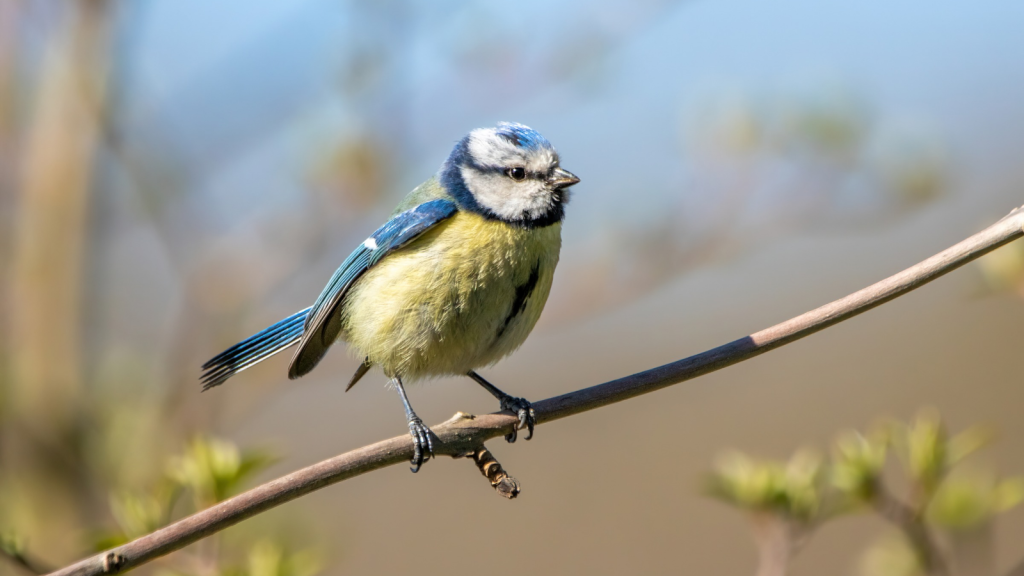
Many bird species rely on caterpillars as a crucial food source, especially when raising their young. Cuckoos, warblers, and blue tits are particularly fond of these nutritious morsels. During breeding season, a pair of blue tits can feed their chicks up to 1,000 caterpillars in a single day! Interestingly, some caterpillars have evolved to mimic bird droppings as a defence mechanism against avian predators.
Wasps
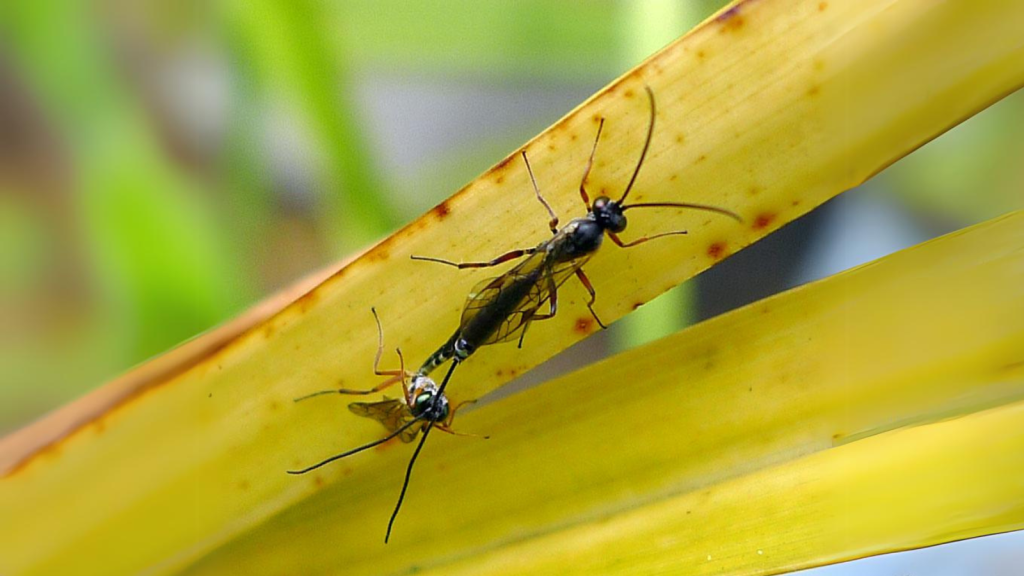
Parasitic wasps have a gruesome way of dealing with caterpillars. They lay their eggs inside or on the caterpillar’s body. When the eggs hatch, the wasp larvae feed on the caterpillar from the inside out. Some wasps even inject a virus along with their eggs to suppress the caterpillar’s immune system. The ichneumon wasp, for example, can detect caterpillars hidden inside tree bark using sensitive antennae.
Bats

While most bats feed on flying insects, some species have been known to pluck caterpillars from leaves. The brown long-eared bat, found throughout the UK, is particularly adept at this feeding technique. These bats use their large ears to listen for the sounds of caterpillars munching on leaves. Their soft, furry wings allow them to hover silently near foliage while searching for prey.
Mice
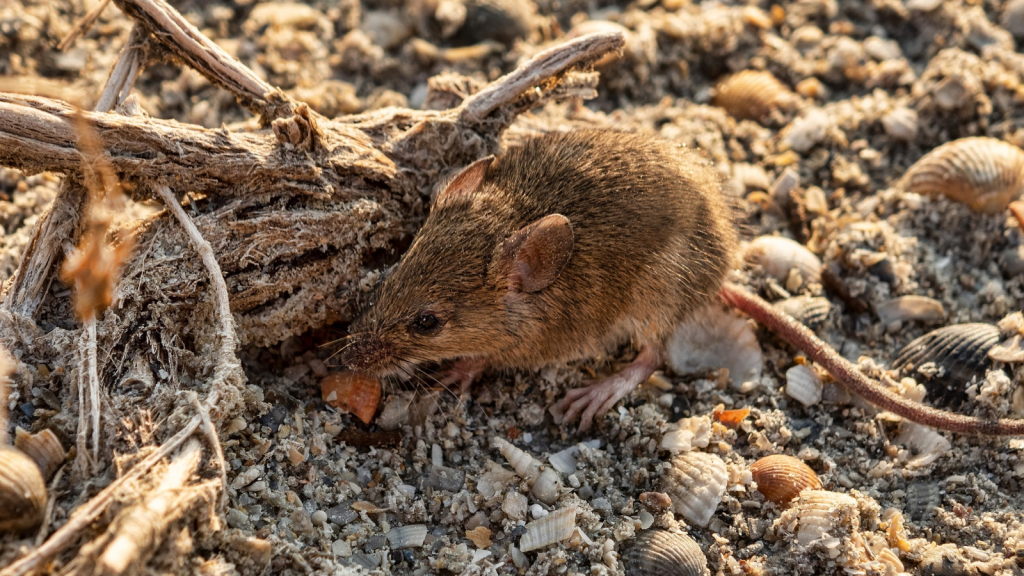
Field mice and other small rodents often include caterpillars in their diet. These opportunistic feeders will happily munch on caterpillars they come across while foraging. Mice are particularly fond of moth caterpillars, which are often plump and slow-moving. Some mice species have even been observed stripping the hairs off hairy caterpillars before eating them.
Spiders

Many spider species hunt caterpillars, using their webs to catch them or actively stalking them on plants. Crab spiders, for instance, are ambush predators that wait on flowers to catch unsuspecting caterpillars. Once caught, the spider injects venom to immobilise its prey before feeding. The orb-weaver spider can adjust its web design to better capture caterpillars when they’re abundant.
Praying Mantises

These fascinating insects are voracious predators, and caterpillars are definitely on their menu. Praying mantises use their powerful front legs to snatch caterpillars from leaves. They then hold their prey with spiky forelegs while devouring it alive. A single mantis can consume dozens of caterpillars in a day, making them excellent for natural pest control in gardens.
Lizards
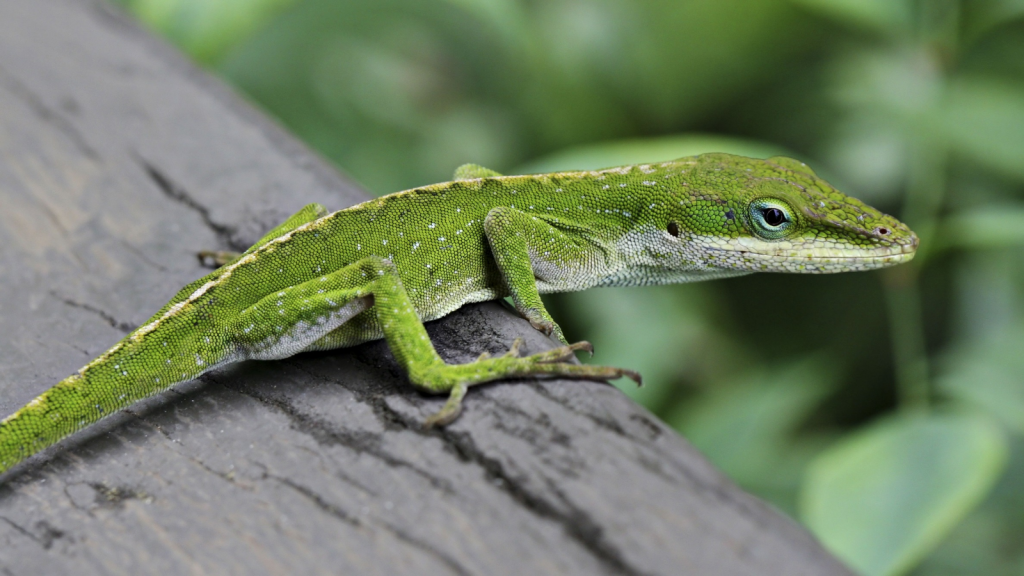
Many lizard species, including common garden lizards, feast on caterpillars. These reptiles are quick and agile, able to snatch caterpillars from leaves and branches. Some lizards, like the green anole, have even been observed shaking caterpillars to subdue them before eating. The common wall lizard, found in parts of southern England, is particularly adept at catching caterpillars on vertical surfaces.
Frogs and Toads
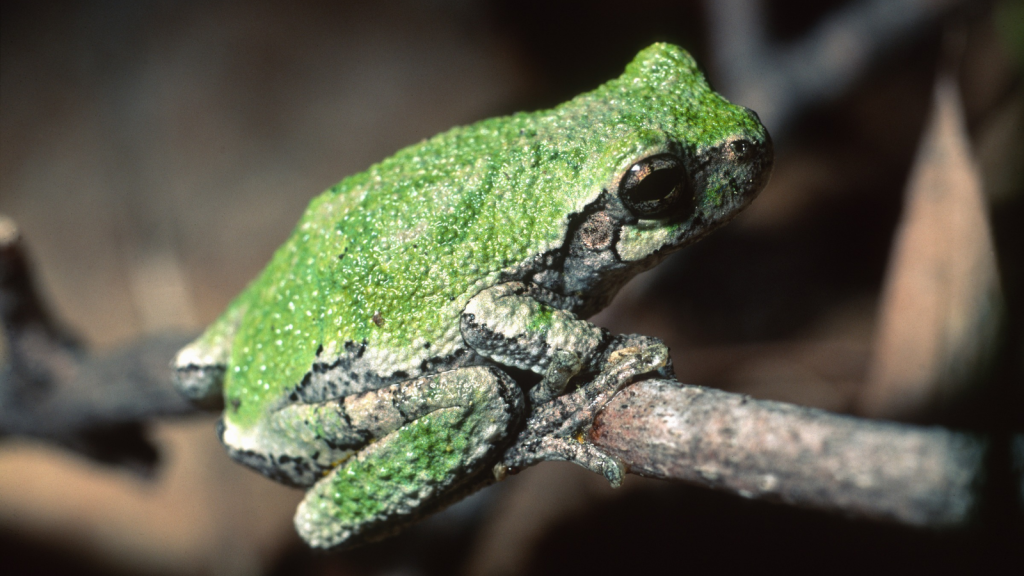
While they’re better known for eating flies, many frogs and toads won’t pass up a juicy caterpillar. Common frogs and toads in British gardens often snatch caterpillars that venture too close to the ground. Their sticky tongues make quick work of these soft-bodied snacks. Some tree frogs are especially skilled at catching caterpillars high up in the foliage.
Beetles
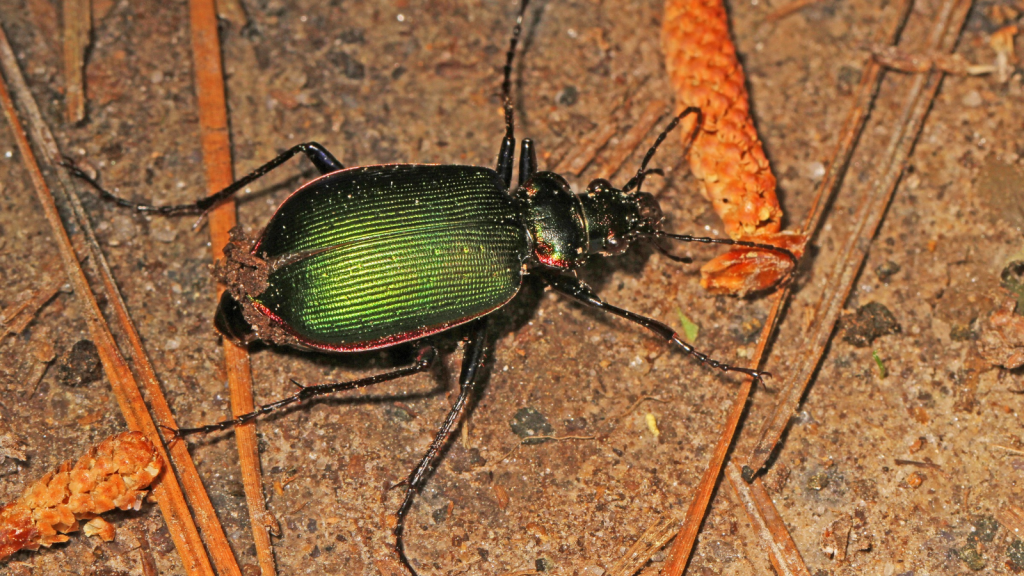
Several beetle species, including ground beetles and rove beetles, are known to prey on caterpillars. These insects use their strong mandibles to overpower and consume their caterpillar victims. Some beetle larvae, like those of ladybirds, also feed on caterpillars. The fiery searcher beetle is so fond of caterpillars that it’s nicknamed the “caterpillar hunter.”
Assassin Bugs

These aptly named insects are skilled hunters, and caterpillars are among their favourite prey. Assassin bugs use their sharp beaks to pierce caterpillars and inject them with a paralysing venom. They then suck out the caterpillar’s liquefied insides, leaving behind an empty husk. Some assassin bug species are even capable of taking down caterpillars much larger than themselves.
Shrews
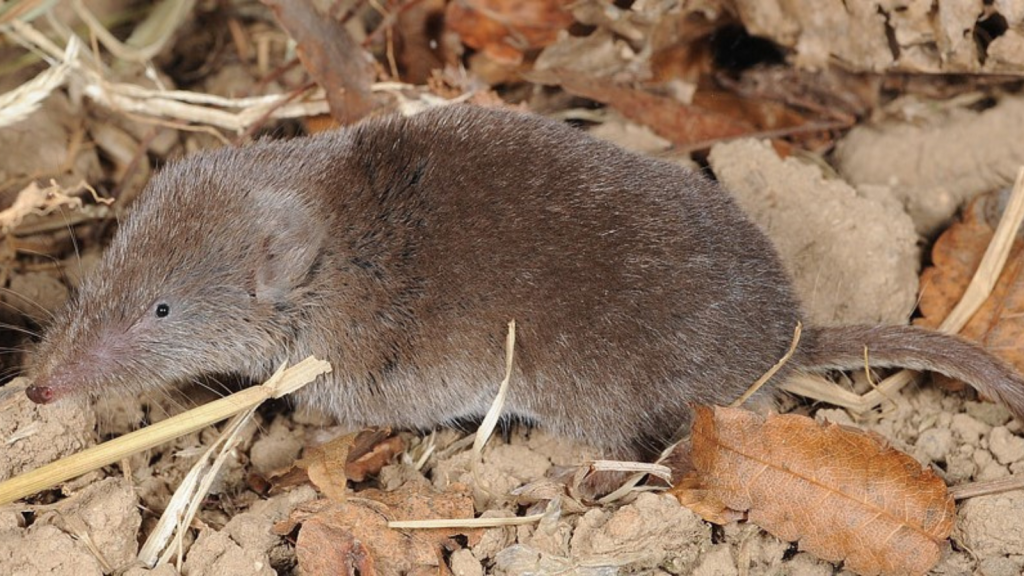
These small, mouse-like mammals have a voracious appetite and need to eat almost constantly. Caterpillars make up a significant part of their diet, especially for species like the common shrew. These tiny predators use their keen sense of smell to locate caterpillars hiding in vegetation. A shrew can eat up to three times its own body weight in food each day.
Hedgehogs
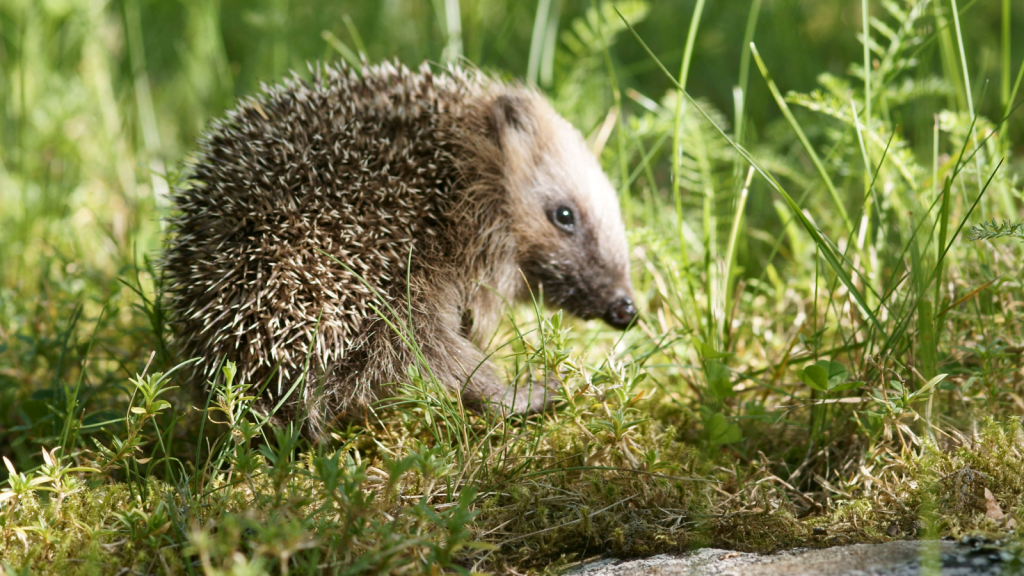
Our spiky garden friends are omnivores and will happily munch on caterpillars when they find them. Hedgehogs forage at night, using their keen sense of smell to locate insects, including caterpillars. They’re particularly fond of large moth caterpillars, which provide a substantial meal. Hedgehogs have been known to eat venomous caterpillars without ill effects, thanks to their resistance to certain toxins.
Centipedes
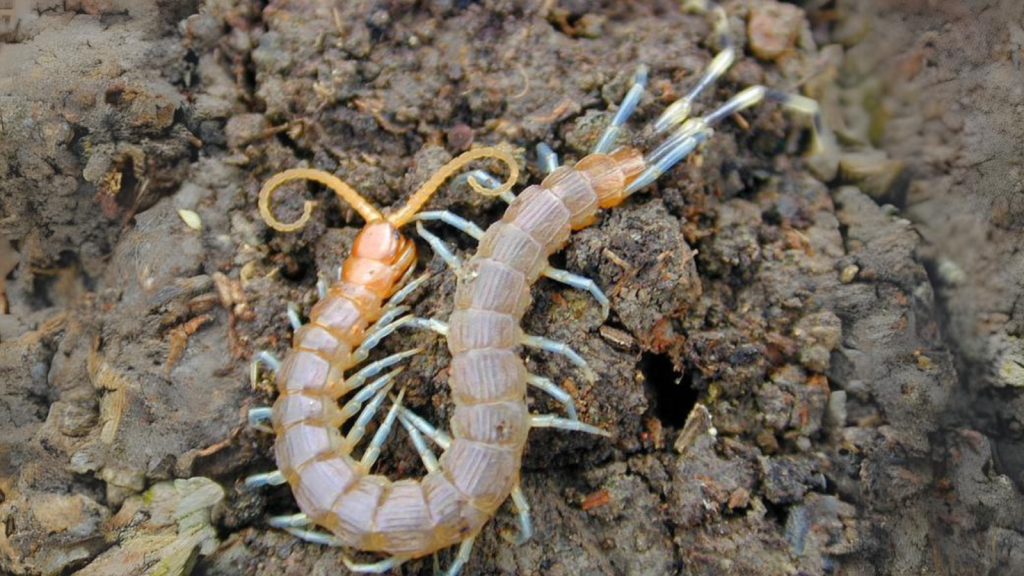
These many-legged creatures are fierce predators in the insect world. Centipedes use their venomous fangs to paralyse caterpillars before devouring them. Some larger centipede species can even take down caterpillars several times their size. The house centipede, common in British homes, is particularly effective at controlling caterpillar populations in gardens.
Ants
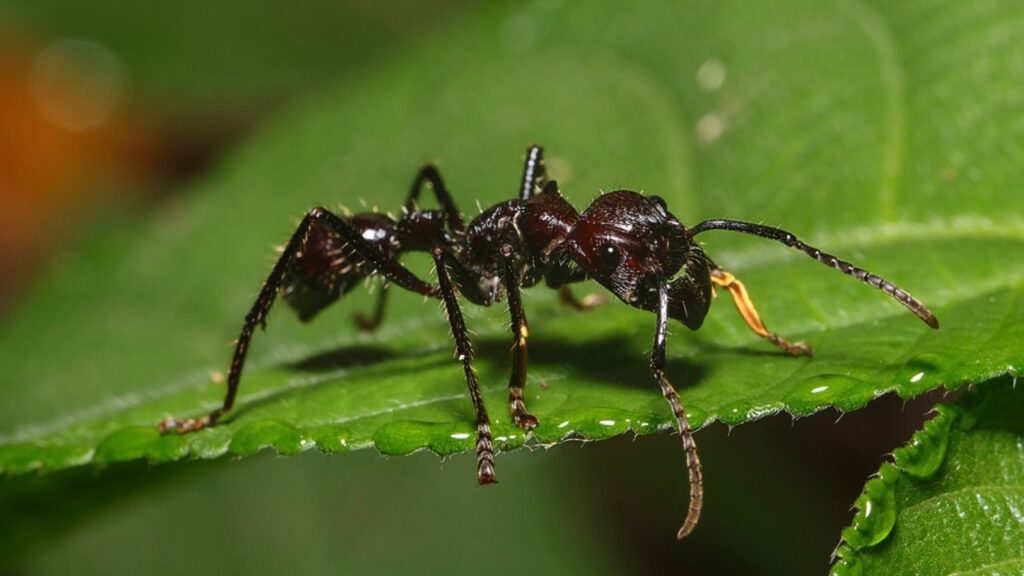
While individual ants might seem too small to tackle a caterpillar, they often work together to overpower larger prey. Some ant species, like wood ants, will attack and dismember caterpillars, carrying pieces back to their nest to feed the colony. Certain caterpillars have evolved to secrete sweet substances to appease ants and avoid being eaten.
Hornets
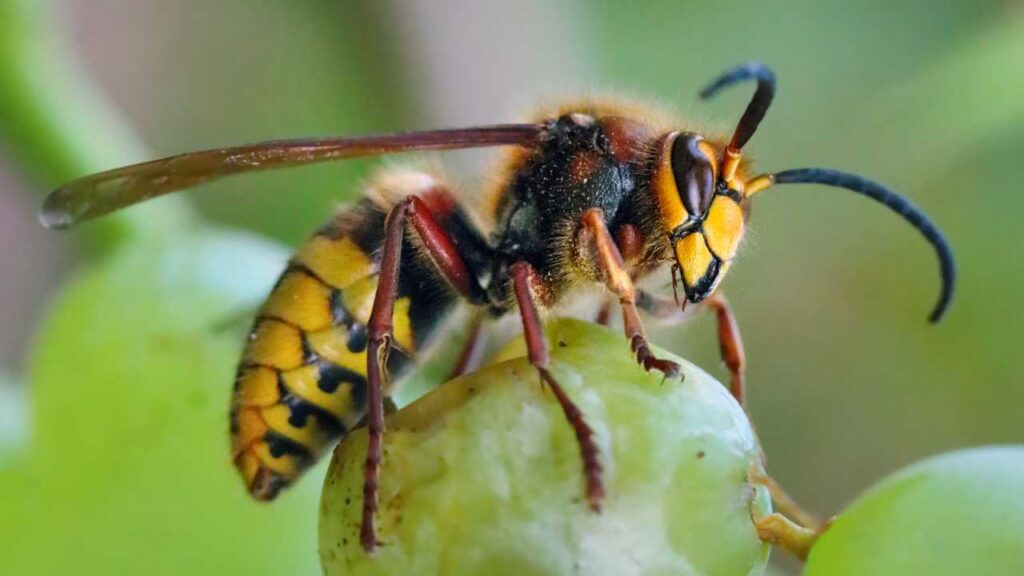
These large wasps are formidable predators and won’t hesitate to attack caterpillars. European hornets, found in parts of the UK, are known to hunt caterpillars to feed their larvae. They use their powerful mandibles to cut up the caterpillar into manageable pieces. A single hornet nest can consume up to half a kilogram of insects, including many caterpillars, in a single day.

